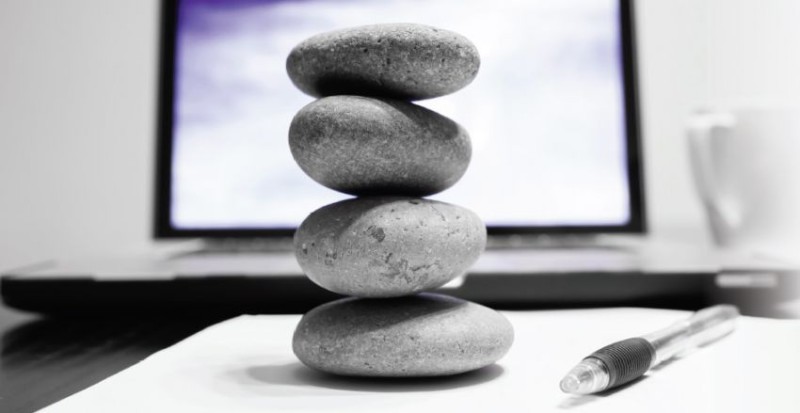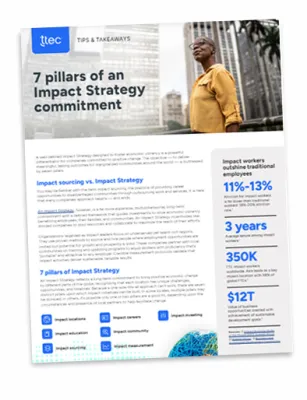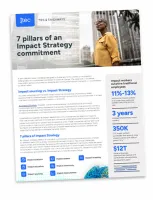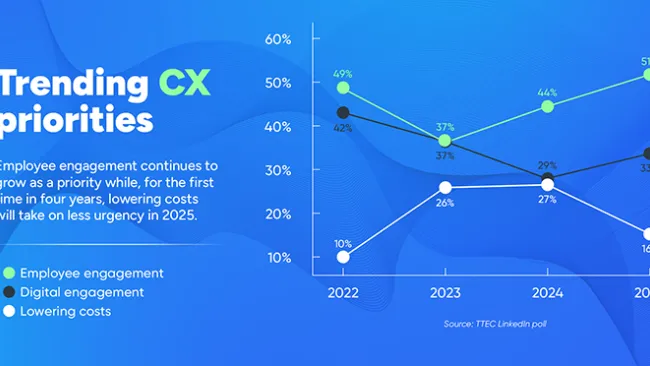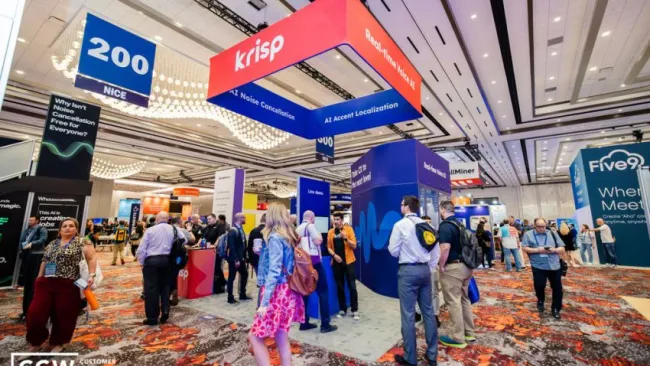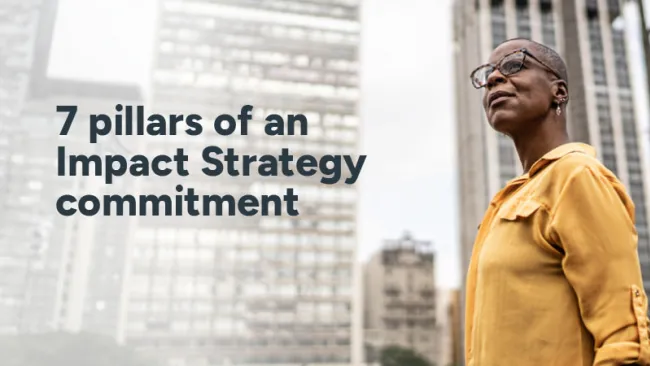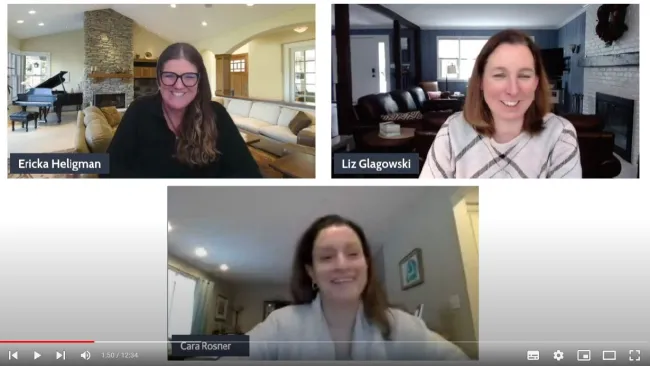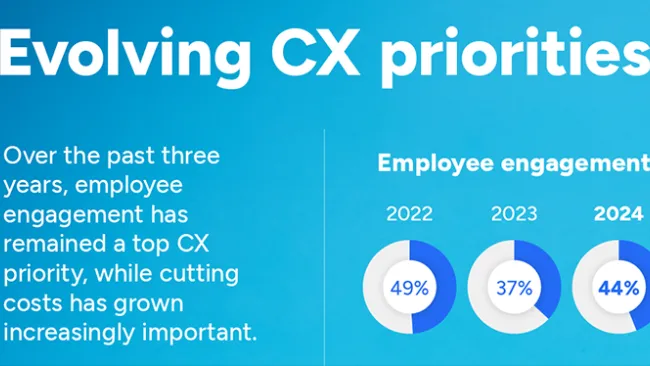For years a close family member suffered from severe migraines and, in a desperate attempt to find a cure, visited a holistic healer. Holistic medicine practitioners believe that the whole person is made up of interdependent parts and if one part is not working properly, all the other parts will be affected.
After analyzing diet, sleep habits, stress levels, relationship issues, plus work and home environments, the holistic healer helped my family member identify potential problems and recommended solutions. A few simple lifestyle changes resulted in a rebirth-like experience filled with a new-found joy of life and the ability to be a present, productive, and high-performance individual both socially and professionally.
While disengaged and demotivated employees might physically turn up to work, they tend to behave in a detached, unproductive, and nonchalant mode that’s reminiscent of a severe migraine sufferer who’s hiding in the dark, seeking to distance themselves from their colleagues, customers, and the world. As managers and leaders, we need to adopt a holistic healer-like approach to creating and maintaining an employee experience (EX) that continuously provides moments of unexpected delight to inspire employee loyalty and retention.
Why EX is the new CX
EX is commonly equated incorrectly to employee engagement. Measuring employee engagement—which most organizations are obsessed with—is definitely not the same as improving it. A better way to think about employee engagement is to view it as a moment in time outcome. On the other hand, EX describes the ongoing journey that delivers a level of employee engagement. The simplest way to think of EX is as the sum of all observations, encounters, and feelings that employees have before, during, and after their employment with an organization.
When a company’s EX is positive and employees are aligned with the organisation’s purpose, vision, and values, they are likely to not only get their work done efficiently, but also are willing to go the extra mile and put in considerable discretionary effort to “do the right thing” and keep customers happy. In an academic study, Alex Edmans determined that “Companies listed in the ‘100 Best Companies to Work For in America’ generated 2.3 to 3 percent higher stock returns per year than their peers.”
So how can it be done? By administering the EX prescription below, leaders can lay the high-performance culture foundation that drives exceptional levels of CX:
1. Provide employees with positive touchpoints at all stages of the employee lifecycle.
Employees interact with the company they work for in a multitude of ways at each stage of their employee lifecycle. It’s the sum experience of these interactions—from selection, recruitment, onboarding, development, retention, exit to alumni—that creates a memorable employee experience.
In the CX world, a customer journey map is the primary tool used to create a visual representation of customers’ interactions with a brand to understand where and when the connections occur, how customers feel at each connection point, and identify where any potential friction exists. EX professionals are now borrowing the same tools to create employee journey maps that help them to visualise current-state EX and design improved future-state EX.
Reengineering the exit process to include counseling or outplacement services, an authentic and unbiased exit interview, appropriate and timely team communications, or even leaving a card, gift, or small send-off event could mean the difference between a scathing and glowing Glassdoor review for your company.
2. Create a work environment that balances technology, culture, and physical surroundings.
There’s nothing worse than the slowly escalating panic attack that sets in around 4 p.m. on Sunday afternoon as you dread the mental preparation required to survive the upcoming week.
As a holistic EX healer, a simple remedy for work dread is to treat your employees as if they were your only and most important customer. Setting up employees for success requires an end-to-end, employee-centric approach that aims to make their lives as easy as possible by removing friction and allowing them to focus on delivering world-class CX to your customers.
A common trap many organisations fall into is thinking that providing a work environment filled with foosball tables, free food, and funky decor will in itself deliver an amazing EX. While these factors certainly help employees feel more comfortable and valued, they need to be incorporated into a broader EX strategy to deliver more substantial EX outcomes.
Rather than only focusing on the physical environment, start with culture. You can think of organisational culture as the behaviours that employees demonstrate—especially when no one is looking. As managers and leaders, it’s up to us to create a unique organisational DNA where we establish a set of clear behaviours that our employees know, understand, buy into and passionately live every day.
EX enablers of a high-performance culture mean all employees understand what’s expected of them and they consistently behave in an aligned way. In this environment the technology and processes need to be built to support the team’s purpose, values, and behaviours. And behind that technology, it’s about employees who are genuinely excited, engaged, and empowered to deliver the shared cultural norms. This is strengthened by rewards and recognitions for their efforts and results.
Providing the technologies and tools required to do the job is a mandatory element of EX, as well. Look for opportunities to leverage technology when streamlining core activities such as:
- Proficiently locating customer-related information by leveraging integrated tools and customer systems like CRM.
- Efficiently locating corporate, product, and policy information by using a centralised knowledge management system.
- Empowering employees to learn skills, processes, and tools at the time and point of need with an adaptive, next-generation learning platform.
3. Holistically bring together HR functions to build bridges between EX and CX.
Many forward-thinking organisations around the globe have formally acknowledged their commitment to EX by creating the role of Chief EX Officer. An integral part of this strategy is to adopt an employee-centric view that holistically integrates all employee HR functions by aligning these with the stages of the employee lifecycle. Bringing together talent acquisition, learning and development, compensation and benefits, and all other HR functions will ensure a smoother transition from one employee lifecycle stage to the next.
Another key EX enabler is the “consumerisation of HR”—applying a consumer and digital mindset to a company’s HR functions by creating social, mobile, and consumer-like experiences for employees. A recent report from McKinsey estimated that by 2025, 75 percent of the workforce will be digital native millennials who will expect to interact at all stages of the employee lifecycle using flexible, mobile-first apps on their own devices. A well-designed employee experience isn’t just about understanding how to improve their livelihood, but also being aware of how they conduct their everyday lives and fitting to their expectations.
Employee experiences feed into CX success
Consider the words of Sir Richard Branson, “My philosophy has always been, if you can put staff first, your customers second, and shareholders third, effectively, in the end, the shareholders do well, the customers do better, and your staff remains happy.”
Likewise, a carefully administered EX prescription that considers employees’ thoughts, feelings, and physical work environments together with a consumer-like approach to managing HR functions will generate exceptional levels of engagement, excitement, buy-in, loyalty, retention, and employer brand loyalty. This will result in the sustained health and wellbeing of your organisation’s CX.
